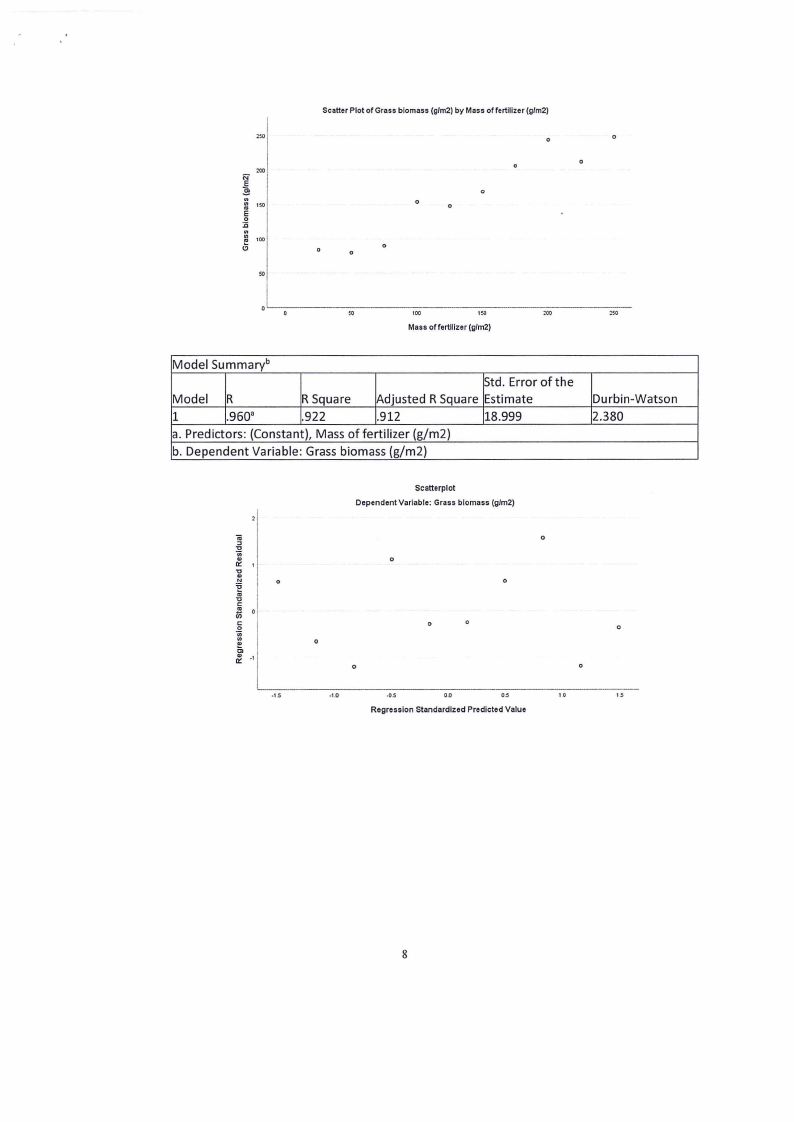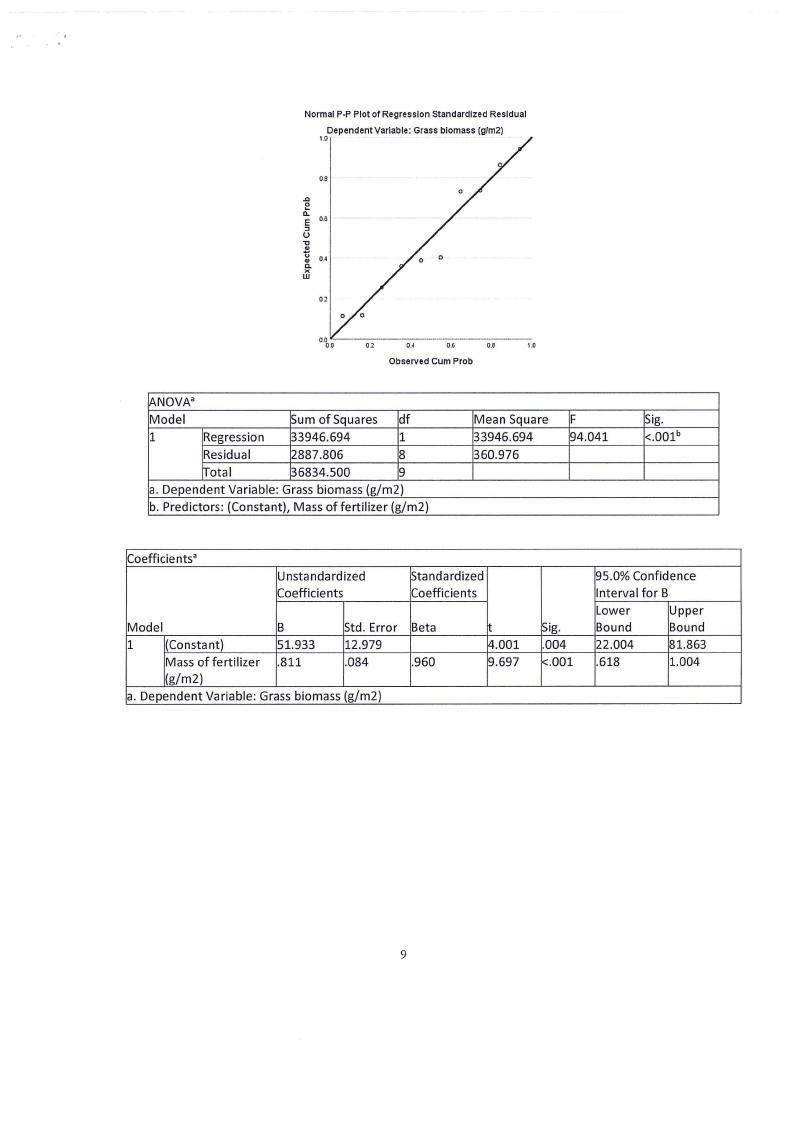
SECTIONB: STATISTICS
QUESTION 5
What statistical procedure would you use for the following research questions and/or scenarios?
a) A researcher is studying the effect of a new fertilizer on plant growth. They have three groups
of plants: one with no fertilizer, one with the standard fertilizer, and one with the new
fertilizer. What statistical test should be used to compare the average growth rates among
these groups?
[100]
[11]
(2)
b) An ecologist wants to determine if there is a relationship between the number of predators
(2)
and the size of prey populations in a closed ecosystem. Which statistical test is most
appropriate?
c) A biologist records the mating calls of frogs before and after the introduction of a noise
(2)
pollution source near their habitat. What statistical test should be used to compare the
frequency of calls before and after the pollution?
d) It is generally believed that males tend to be taller than females. However, you do not believe (2)
that this hypothesis holds for the NRM honours class of 2024 at NUST. So, you take a sample
of the heights of 20 male students and 30 female students. You want to test if there is a
difference in height between male and female students. Note: You find that the heights for
both males and female were not normally distributed and that there were significant outliers
in the data.
e) A researcher is studying the salinity tolerance of three different coastal plant species by
(3)
measuring their growth rates under the same controlled salinity conditions. The growth data
are non-normally distributed because of high variability among samples. What test should be
used to compare the growth rates across the three plant species, and why is this test
appropriate?
QUESTION 6
A vet wants to test a new drug that improves running performance in cheetah. The researcher would [15]
like to know whether this new drug leads to a difference in performance compared to the old drug. To
do this, the vet sampled a group of cheetahs in captivity who each performed two trials in which they
had to run as far as possible in 3 minutes. In one of the trials, they got a shot ofthe old drug and in the
other trial they got a shot of the new drug. The distance they ran in both trials was recorded. determine
whether the new drug improves performance compared to the old drug.
a) What statistical procedure or test would you use to determine whether the new drug improves (2)
running performance compared to the old drug?
b) What are the two main data assumptions of the statistical procedure/test mentioned in (a)?
(4)
c) Based on the SPSSoutput (tables and graphs) provided below, has the two data assumptions in (4)
(b) been met or violated? Explain in detail.
d) Using the two tables below, report on the descriptive statistics and fully explain whether the
(5)
new drug improves running performance of cheetah.
2


























